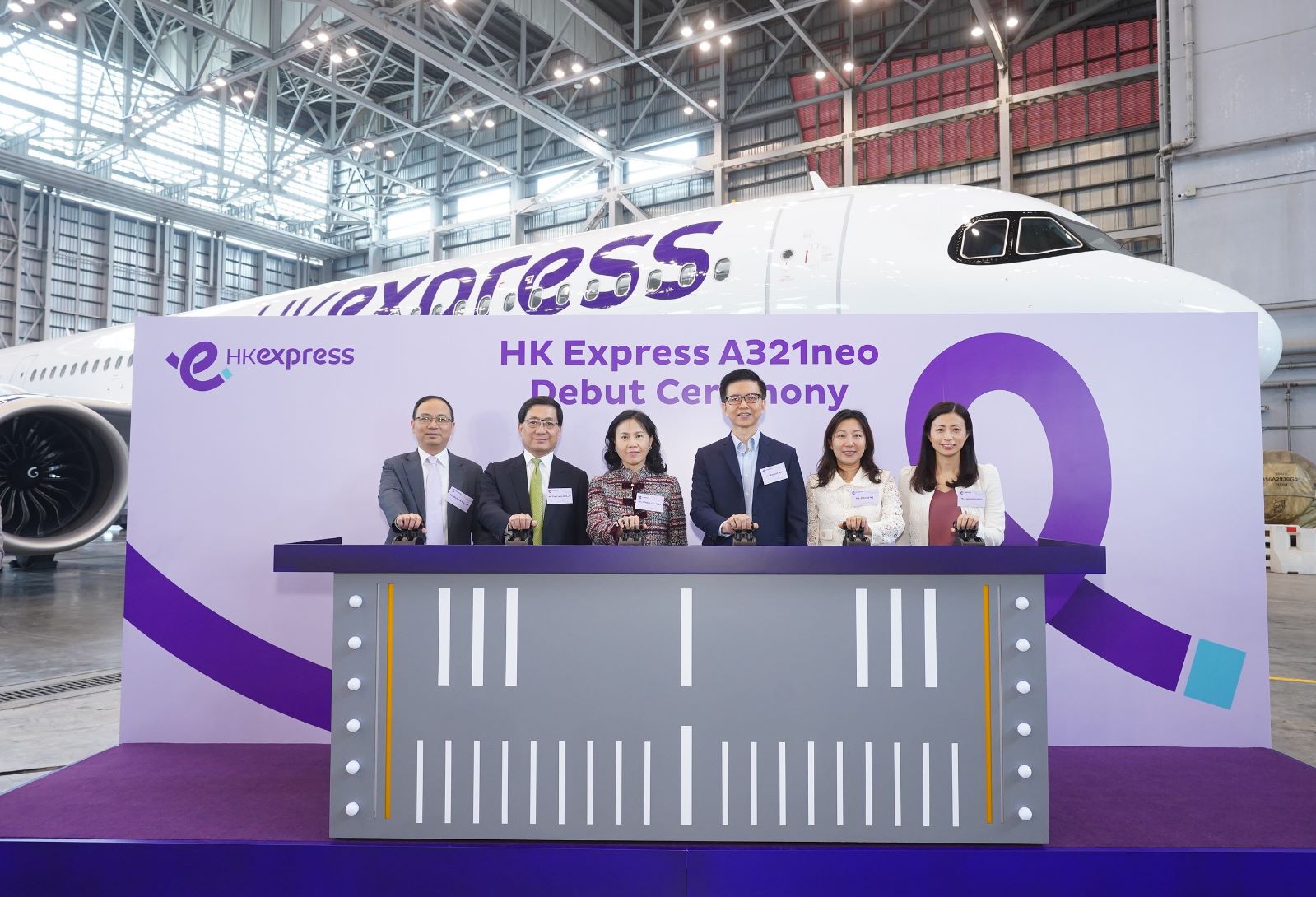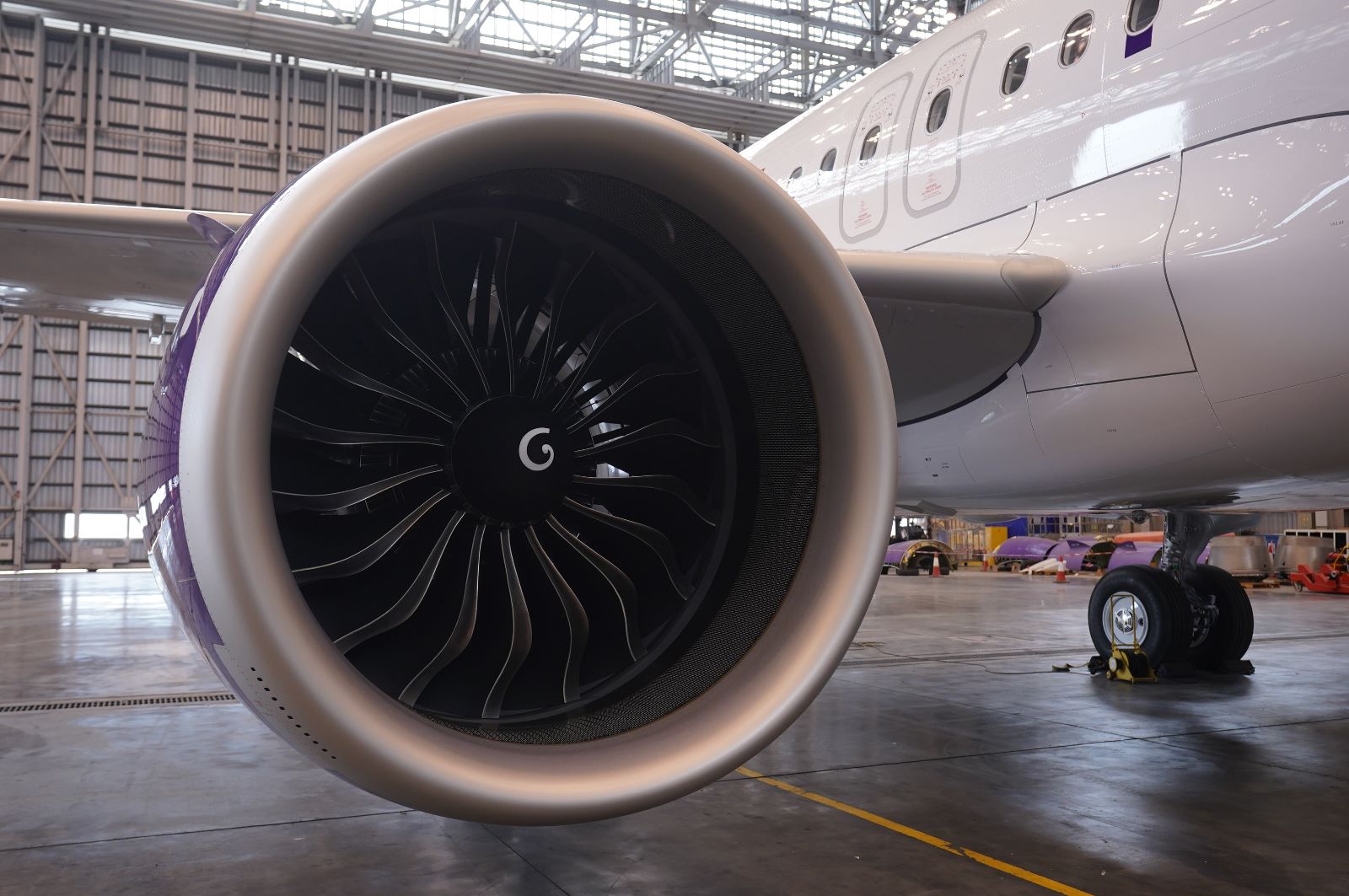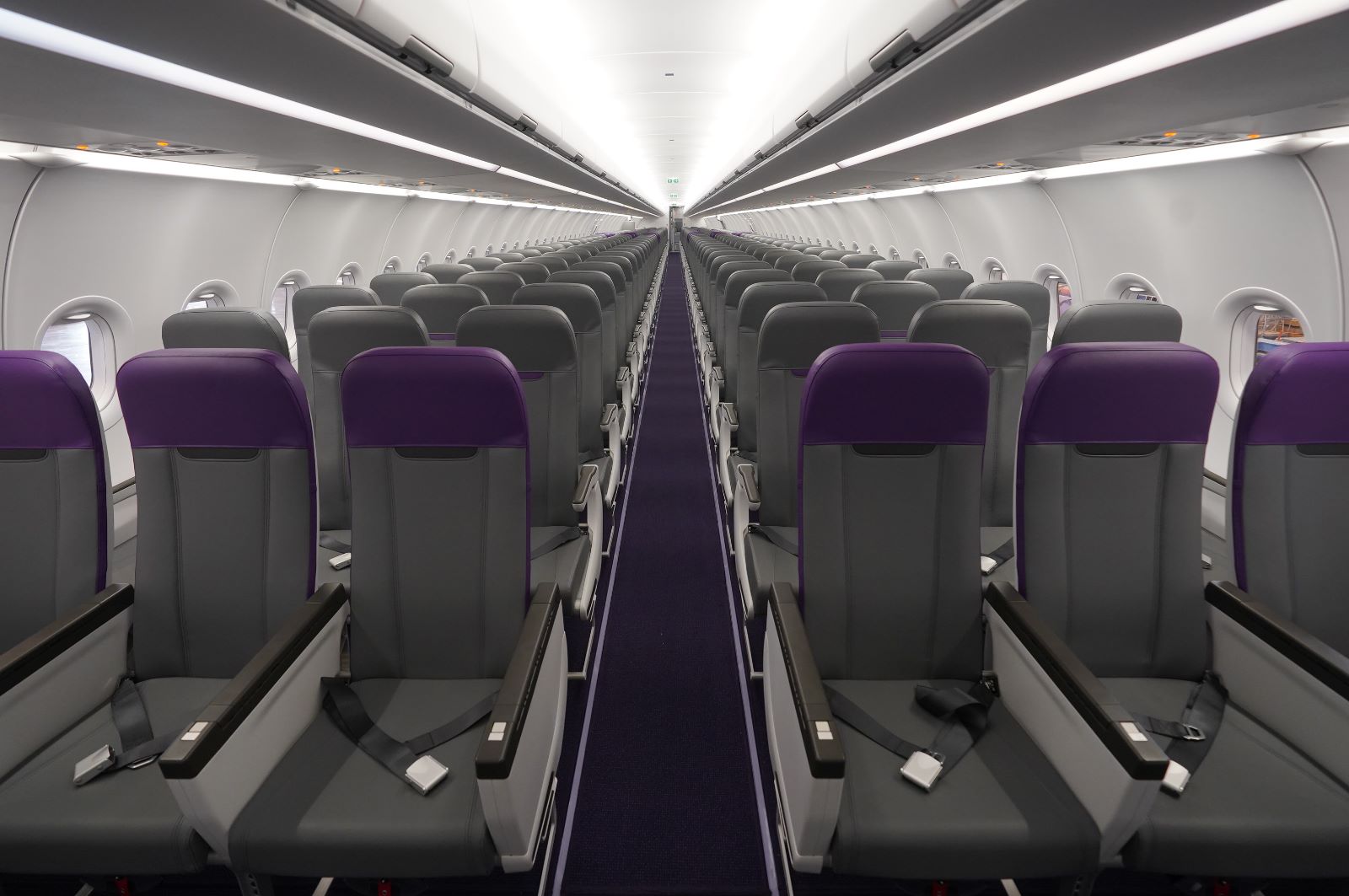HK Express Welcomes First A321 neo Amid Air Travel Rebound
Hong Kong, 29 Mar, 2023
Hong Kong’s low-cost carrier HK Express today announced its fleet expansion with the arrival of its first Airbus A321neo aircraft. In anticipation of soaring demand for leisure travel in Asia, the delivery is the first of the 16 Airbus A321neo aircraft, which will be delivered over the next two years. This is timed strategically with the anticipated full operation of the Three Runway System at Hong Kong International Airport (HKIA) by end-2024. All combined are set to solidify HKIA’s status as the region’s leading international aviation hub.
“We’re thrilled to welcome the state-of-the-art A321neo aircraft to our fleet at this critical time as demand for international travel remains robust,” said HK Express CEO Mandy Ng. “The upgrade marks another milestone in our history as we continue to expand our footprint in Asia, while remaining committed to modernising our operations for a better and more sustainable future. The delivery also demonstrates our confidence in the Asian market, with Hong Kong making a full comeback on the global stage.”
With demand for leisure travel recovering strongly in Hong Kong, the Greater Bay Area and the rest of Asia, HK Express has seen a strong growth trajectory, with flight frequencies increasing rapidly from 10% of pre-pandemic levels in September 2022 to over 80% this February. The airline expects flight frequencies to return to pre-pandemic levels in the coming weeks, with more than 400 flights per week, and exceed pre-pandemic levels during the summer with more than 500 flights per week.
Featuring the longest fuselage out of Airbus’s single-aisle A320 Family, the A321neo accommodates 236 passengers, six more than the carrier’s current A321ceo aircraft. The added seating capacity doesn’t mean passengers will have less space - thanks to Airbus’ optimised aircraft and cabin design, passengers can still enjoy modern, comfortable seats which are 18 inch-wide. In addition, the cabin width also offers a wider aisle and plenty of overhead storage space to help passengers board and disembark with minimal inconvenience, while giving cabin crew more space in their work areas.
The delivery also aligns with HK Express’s push to becoming a more sustainable airline while remaining committed to its low-cost carrier business model. The A321neo, incorporating the latest engines, aerodynamic advances and cabin innovations, offers a reduction in fuel consumption of up to 20% per seat.
Aside from fleet modernisation, HK Express is putting renewed focus on leveraging advanced technologies and awareness campaigns to build a more sustainable operation, including the Passenger Carbon Offsetting Programme, which will be introduced in the second half of 2023. Details of the programme will be announced in the coming months.
HK Express currently operates 27 aircraft, including five Airbus A320ceo, 10 A320neo, 11 A321ceo and one A321neo. The average age of the fleet is 5.7 years.
At the A321neo debut ceremony, HK Express unveiled the new aircraft livery. which reflects the low-cost carrier’s latest brand identity. The aircraft’s body is painted in the iconic shades of purple and white, embellished with the new Cyan, while the new “e” shaped journey symbol is painted on winglets, vertical stabiliser and the bottom of the fuselage.

Photo 1: (From left) Mr. Richard Wu Chi Kwong, JP, Acting Director-General of Civil Aviation, Mr. Fred Lam Tin-fuk, GBS, JP, CEO of Airport Authority, Ms. Mable Chan, JP, Permanent Secretary for Transport and Logistics, Ronald Lam, HK Express Chair, Mandy Ng, HK Express CEO and Jeanette Mao, HK Express Incoming CEO joined the HK Express A321neo Debut Ceremony today.

Photo 2: Installed with the latest CFM Leap-1A engine, the Airbus A321neo aircraft has a maximum take-off thrust of 32,000-pound force. Besides, the engine systems offer 15% fuel burn reduction.

Photo 3: Designed by RECARO, the SL3710 seats of HK Express are the lightest seat in its category. The reduced weight reduces inflight carbon emissions and fuel consumption.
